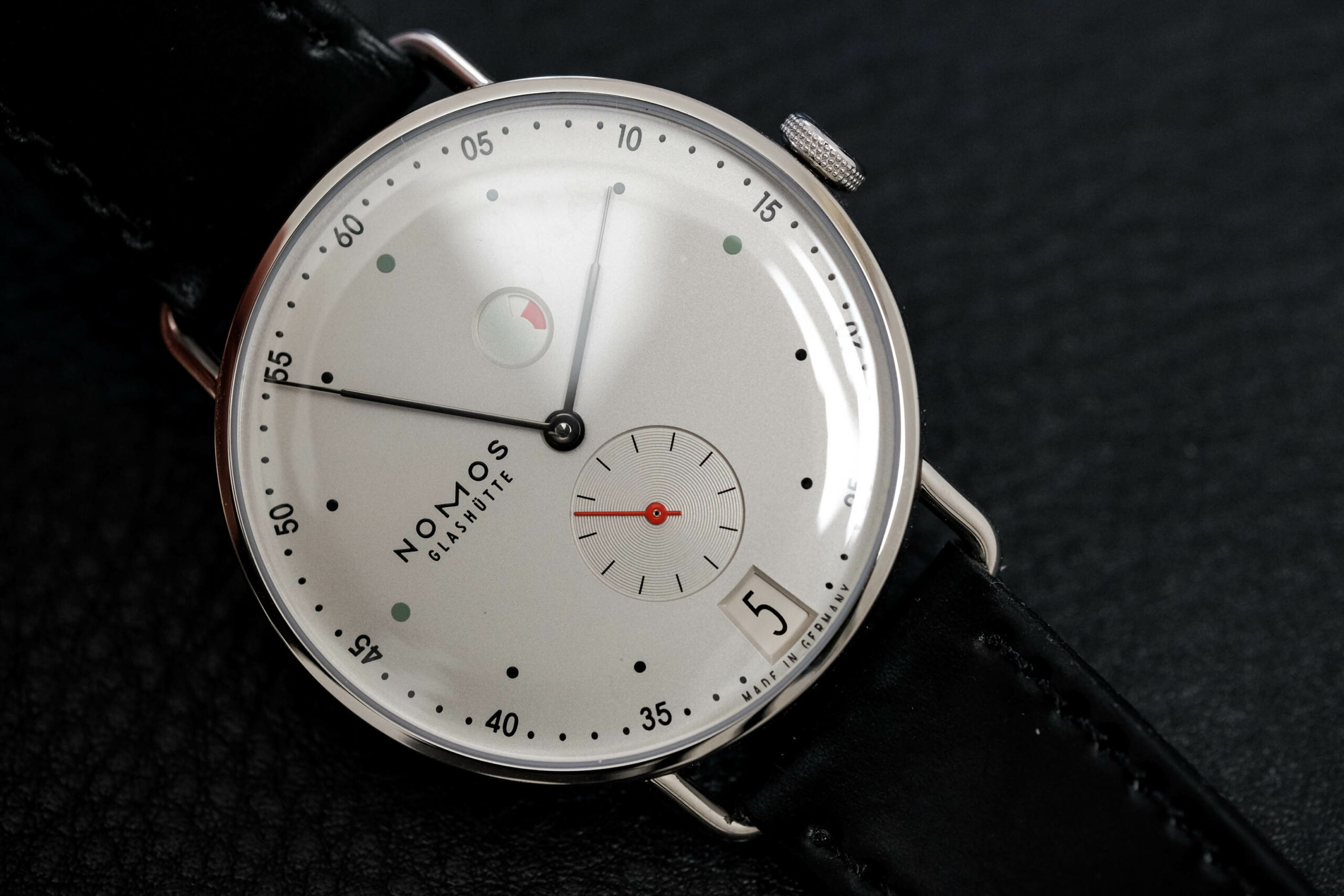
Not too long ago we went over what is generally perceived by the watch community as the most useful watch complication. Well, today the pendulum has swung to the other side and we’ll explore what we think is the most useless complication.
The simple and rather direct answer here is that the coveted tourbillon is the most useless complication found on a watch, more specifically on mechanical watches, since of course this is a mechanical only function. After polling many forums and collectors online, the second most useless complication seems to be regarded as the “power indicator” complication. Now that we have these two answers direct and upfront for you, let’s dive into why these complications are considered pretty much useless from a functional standpoint, but can actually provide tremendous value in non-tangible areas such as high horology watchmaking as well as simple nostalgia.
The Tourbillon is Both Useless but Marvellous
Without getting into the details of the inner workings of a tourbillon and how it works, this is a complication that literally has no functional use whatsoever – instead it’s designed to display or “show off” high horology watchmaking skill. It’s official use case is that it’s designed to keep the accuracy of a watch more precise regardless of tilt, angle or orientation of the watch – but due to other mechanical intricacies of a watch and the natural movement of the wearer’s wrist, the tourbillon’s assistance is pretty much negated. It’s a complication that is simply designed to impress people without serving any useful purpose such as time or speed measurement.
The actual value from a tourbillon comes from its mind boggling artistic and mechanical appeal, it’s stunning to observe one in action, as the cage of the tourbillon rotates using the energy built up within the power reserve of the movement. The design and style implementation of a tourbillon is often altered by master watchmakers from brands such as Patek and Breguet – the more outlandish the more expensive the tourbillon equipped watch becomes.
The Power Reserve is Subjective

The power reserve complication is next up in terms of uselessness, but oddly I find it one of the most interesting complications. It’s a mechanical watch feature that displays how much power is left in the watches energy reserve. I find it a very fun feature, a little corner of horology that allows many brands to play around with unique and creative design that does not actually make the watch astoundingly expensive. Two of my favorite examples of a cool power reserve implementation are on the Nomos Metro Date Power Reserve and the Longines Conquest Heritage Central Power Reserve.
The controversy about this complication comes down to the fact that it’s really not needed, especially on an automatic rotor powered watch. If you wear the automatic relatively frequently, there’s no need to hand wind it much thus making the power indicator pretty much obsolete. A hand wound watch is a different story, the power could be running out without you being aware, so the indicator can actually be pretty useful here.
How about the date-only perpetual calendar. Put it on the shelf for a while and you’ll have no idea how to set the date accurately when you pick it back up. You would have had to record the date you put it down in order to set it accurately again.
That’s a valid addition I’d say. Maybe I’ll add a segment for this one as well. Cheers